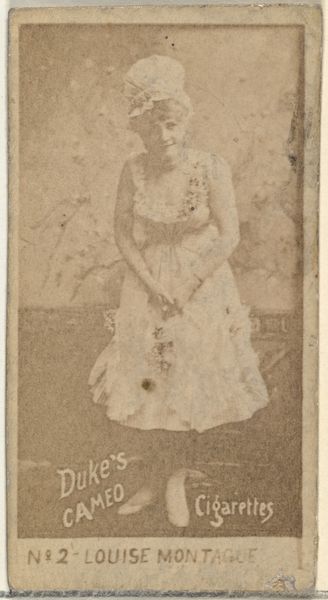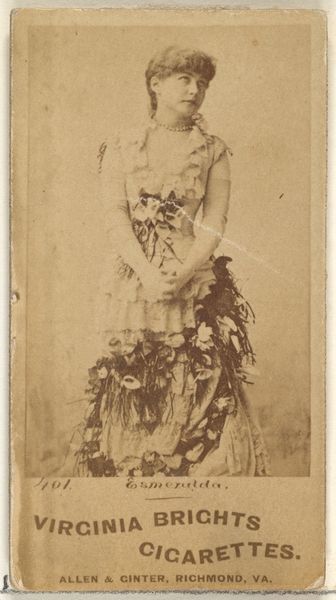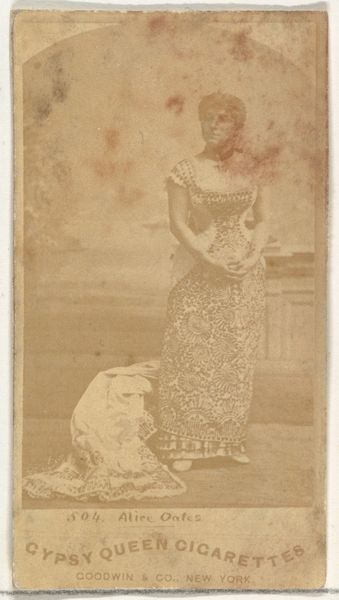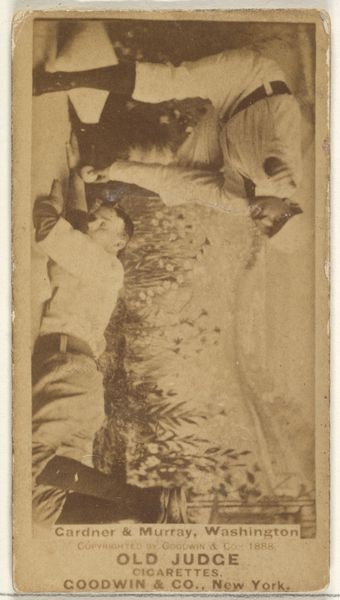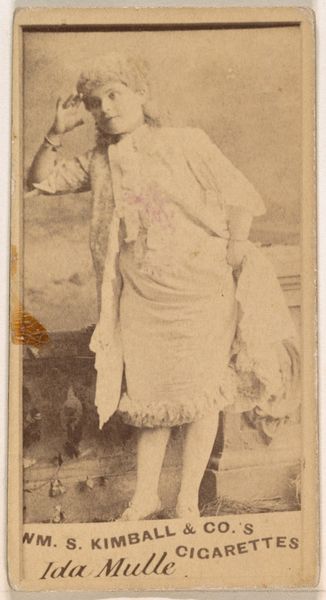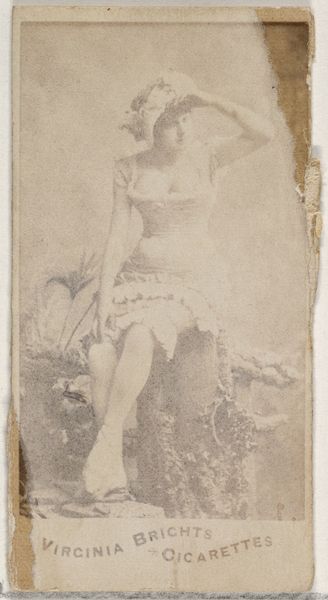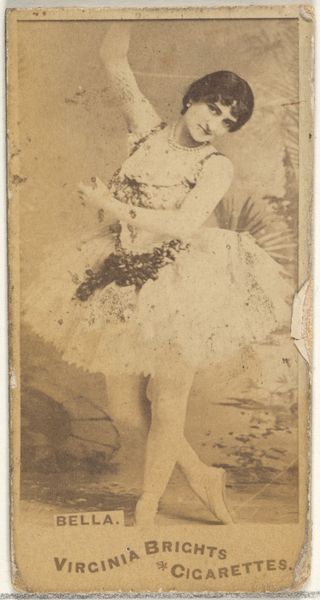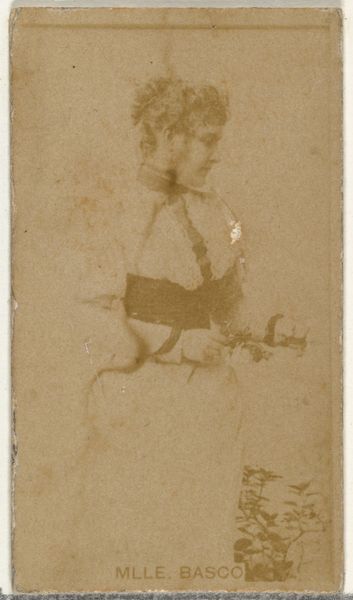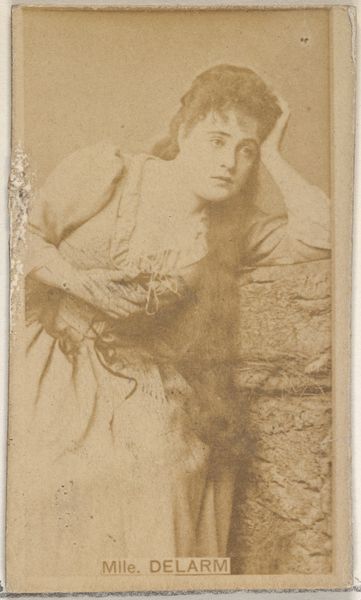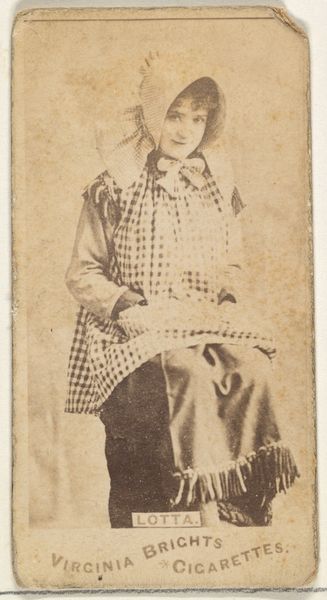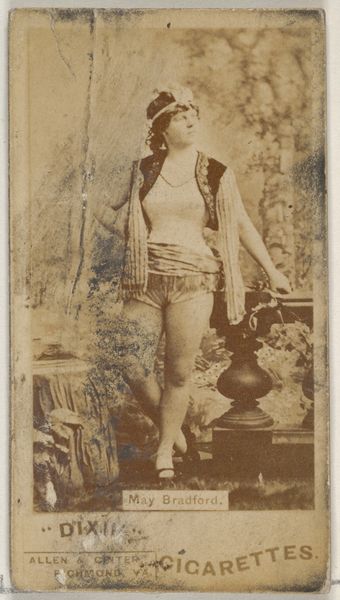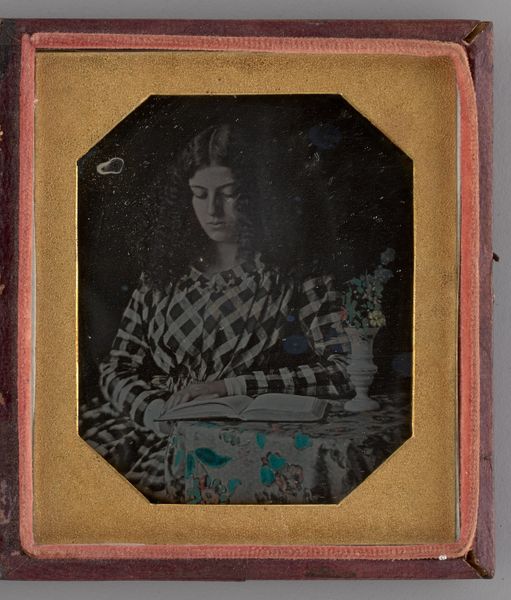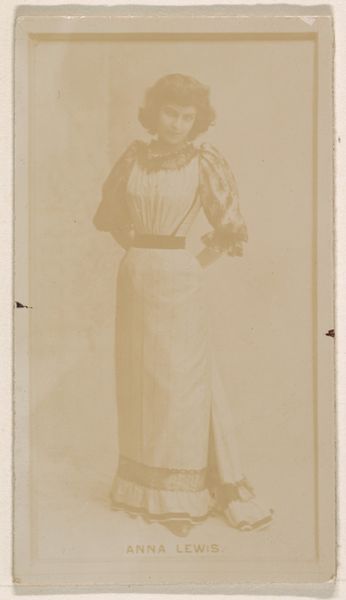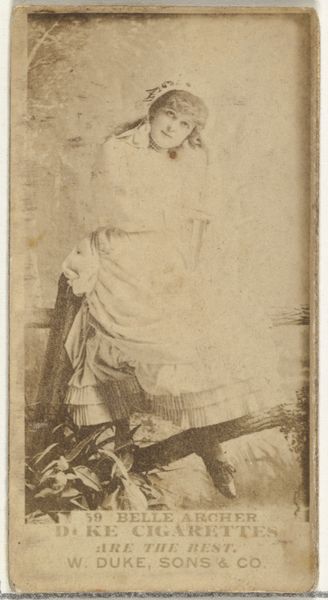
daguerreotype, photography
#
portrait
#
daguerreotype
#
photography
#
romanticism
#
mixed media
#
realism
Dimensions: height 81 mm, width 71 mm, height 127 mm, width 110 mm
Copyright: Rijks Museum: Open Domain
This portrait of Netje Asser was made by her brother, Eduard Isaac Asser, using the daguerreotype process. This early photographic technique, popular in the mid-19th century, involved exposing a silver-plated copper sheet to light, after treatment with various chemicals. The resulting image is incredibly detailed, capturing not just Netje's likeness but also the texture of her dress and lace collar. The plate itself becomes the final artwork, its reflective surface catching the light and giving the portrait an ethereal quality. This was a huge departure from painting, which involved the application of pigment to canvas. Photography replaced the artist’s hand with a mechanical and chemical process. Consider the social context: portraiture was no longer limited to the wealthy. Photography democratized image-making, even if the process was still relatively costly. The daguerreotype, with its blend of science and artistry, was a reflection of a rapidly changing world. It challenges our conventional ideas of both craft and art.
Comments
No comments
Be the first to comment and join the conversation on the ultimate creative platform.
